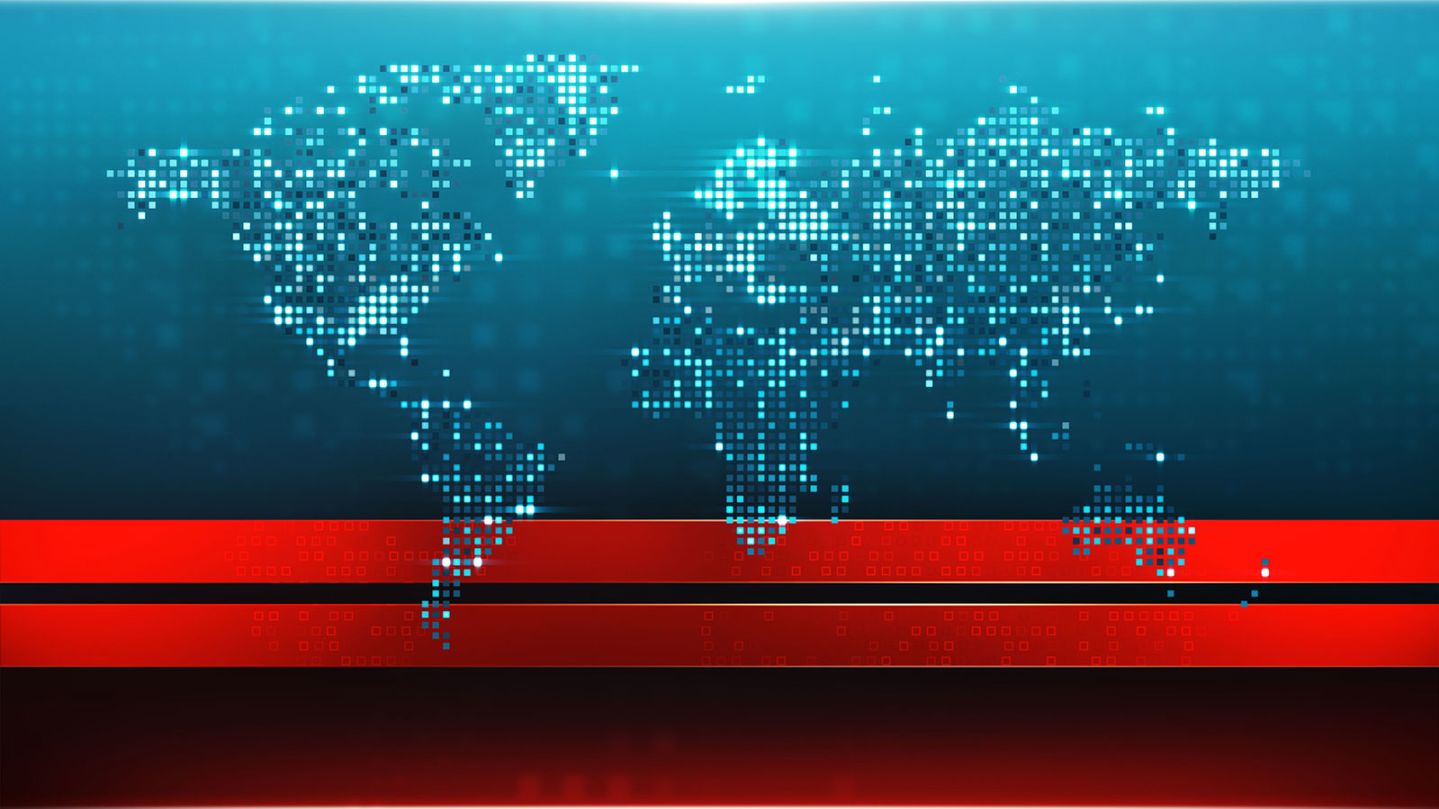Editor’s Note: Christiane Amanpour is CNN’s chief international correspondent. The opinions in this article belong to the author.
One brazen attack; nine journalists dead.
On this World Press Freedom Day, we only have to look back to the horrors that took place on Monday in Afghanistan to remind ourselves just how dangerous it is to be a reporter.
It was rush hour in Kabul when a bomb blast went off. As all journalists do, they picked up their gear and went to cover the story.
As they gathered on scene, another man, posing as a reporter, entered the group and detonated. It was the work of ISIS. Seven were immediately killed; two others died later. With their deaths, the world lost a critical window into Afghanistan. This New York Times obituary of the veteran Afghan photographer Shah Marai lays out the deep human tragedy.
“Through it all,” wrote Mujib Mashal, Marai “continued to bear witness, focusing his camera on the profound human suffering that has become so routine, so forgotten.”
The Committee to Protect Journalists, of which I am an honorary board member, tracks statistics like deaths and imprisonments among journalists.
It reports that 24 have been killed already this year, including Ahmed Abu Hussein, a Palestinian photojournalist who was shot by Israeli troops last month as he was covering a protest in Gaza, wearing a vest clearly marked “PRESS”. “
Protective gear that clearly indicates individuals are members of the press should afford them extra protection – not make them targets,” says Sherif Mansour, CPJ’s Middle East Coordinator.
When it comes to imprisonments, the statistics are also shocking. CPJ says a total of 262 reporters were behind bars last year, with plenty of others living under threat of incarceration. CPJ ranks Turkey as the world’s worst jailer of journalists, with 73 reporters currently locked up.
Despite the constant fear of imprisonment, Turkish journalists are still speaking out. One reporter, Hakki Boltan, told Amnesty International: “For journalists, Turkey has become a dungeon.”
Another, Cagdas Kaplan says: “Working under constant threat of arrest and conviction makes life extremely difficult, but journalism is our profession. We have to carry it out.”
As UNESCO special ambassador for Press freedom and safety, I am keenly aware that press freedom issues are not limited to any one region or type of government.
In fact, Reporters without Borders just released its annual World Press Freedom index, and it shows both the United Kingdom and the United States slid two levels in the rankings. The UK dropped to number 40, while the U.S. sunk to 45. This puts both countries behind places like Ghana, Slovakia and Uruguay.
Developments in the United States have been particularly troubling. Reporters without Borders says that Washington slid down the list due to a “series of verbal attacks toward journalists, attempts to block the White House access to multiple media outlets, routine use of the term ‘fake news’ in retaliation for critical reporting, and calling for media outlets broadcasting licenses to be revoked.”
There is a lot to be concerned about over the current climate of press freedom, but I do have hope. As a journalist for nearly 35-years at CNN, I’ve worked with hundreds of other reporters. And one thing I know is that everyone in this profession possesses a tenacity and a fearlessness that can’t be taught.
Despite the horror of what happened in Kabul, and ever-tightening censorship all over the globe, I know journalists everywhere will continue to pick up their gear, go out, and cover the important stories – even if it means they themselves could become targets.
This is something to be both celebrated and protected on this World Press Freedom Day.






